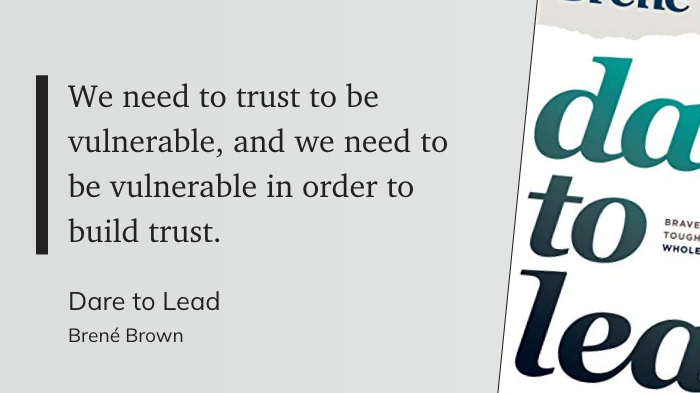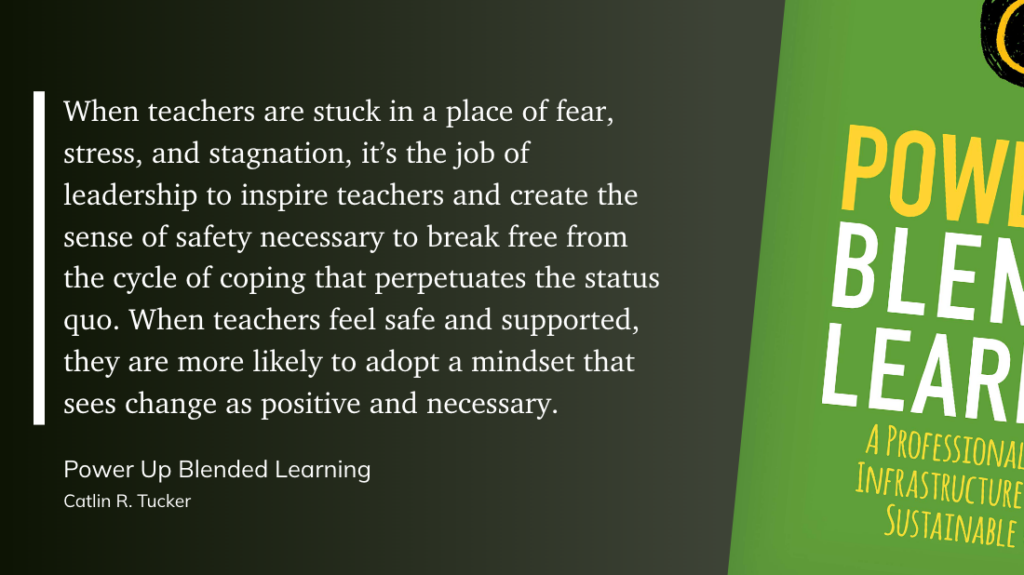
Understanding the Concept of Grief
Before teachers can identify and support grieving students, they must first understand what grief is. Grief is a natural response to loss. It’s the emotional suffering one feels when something or someone the individual loves is taken away. Often, the pain of loss can feel overwhelming. For children, especially, navigating through these emotions can be confusing and isolating.
Signs That a Student May Be Grieving
Emotional Signs
Children may not express their grief in the same way as adults. They might seem disinterested, upset, or unusually quiet. They might have bouts of crying, display anger, or show unusual fear or anxiety.
Behavioral Signs
Behavioral signs may include a decline in academic performance, changes in social interactions, increased absences, or even disruptive behavior in class.
- Schonfeld M.D., David J. (Author)
- English (Publication Language)
- 240 Pages – 04/29/2021 (Publication Date) – Brookes Publishing (Publisher)
The Role of Teachers in Identifying Grieving Students
Active Observation
Teachers, being on the frontline, can play a significant role in identifying grieving students. Through active observation, you can spot changes in a student’s behavior, academic performance, or social interactions that may indicate they are dealing with grief.
Engaging in Conversations
Teachers can also engage students in conversations to help identify grief. Let them know you’re there to listen if they ever need to talk.
How to Support Grieving Students
Provide a Safe Space
Emotional Support
Providing emotional support is crucial. Create a safe, non-judgmental space where students feel comfortable expressing their feelings. Empathy goes a long way in helping students cope.
Academic Support
Academic support is equally important. Make accommodations for grieving students to ensure their academic performance doesn’t suffer during this difficult time.
Involving Professionals
Don’t hesitate to involve school counselors or psychologists if a student’s grief seems to be overwhelming or lasts a long time. They are equipped with the necessary skills to provide professional support.
Teaching the Class About Grief
Consider age-appropriate lessons about grief. Teaching students about grief can foster a supportive environment, helping grieving students feel less isolated.
Keeping Communication Open with Parents
Finally, ensure to keep an open line of communication with the parents. They can provide insight into what the student is experiencing and how best you can support them.
Conclusion
In conclusion, teachers play a pivotal role in identifying and supporting grieving students. By understanding grief, observing, engaging, and providing the necessary support, teachers can help students navigate through this challenging time.
FAQs
- What is grief? Grief is a natural response to loss. It’s the emotional suffering one feels when something or someone the individual loves is taken away.
- How can teachers identify grieving students? Teachers can identify grieving students through active observation and engaging in conversations.
- How can teachers support grieving students? Teachers can support grieving students by providing a safe space for emotional expression, academic support, involving professionals when necessary, teaching the class about grief, and keeping communication open with parents.
- Why is it important to teach the class about grief? Teaching students about grief can foster a supportive environment, helping grieving students feel less isolated.
- What role do parents play in supporting grieving students? Parents can provide insight into what the student is experiencing and how best the teacher can support them.
The Eclectic Educator is a free resource for everyone passionate about education and creativity. If you enjoy the content and want to support the newsletter, consider becoming a paid subscriber. Your support helps keep the insights and inspiration coming!
















